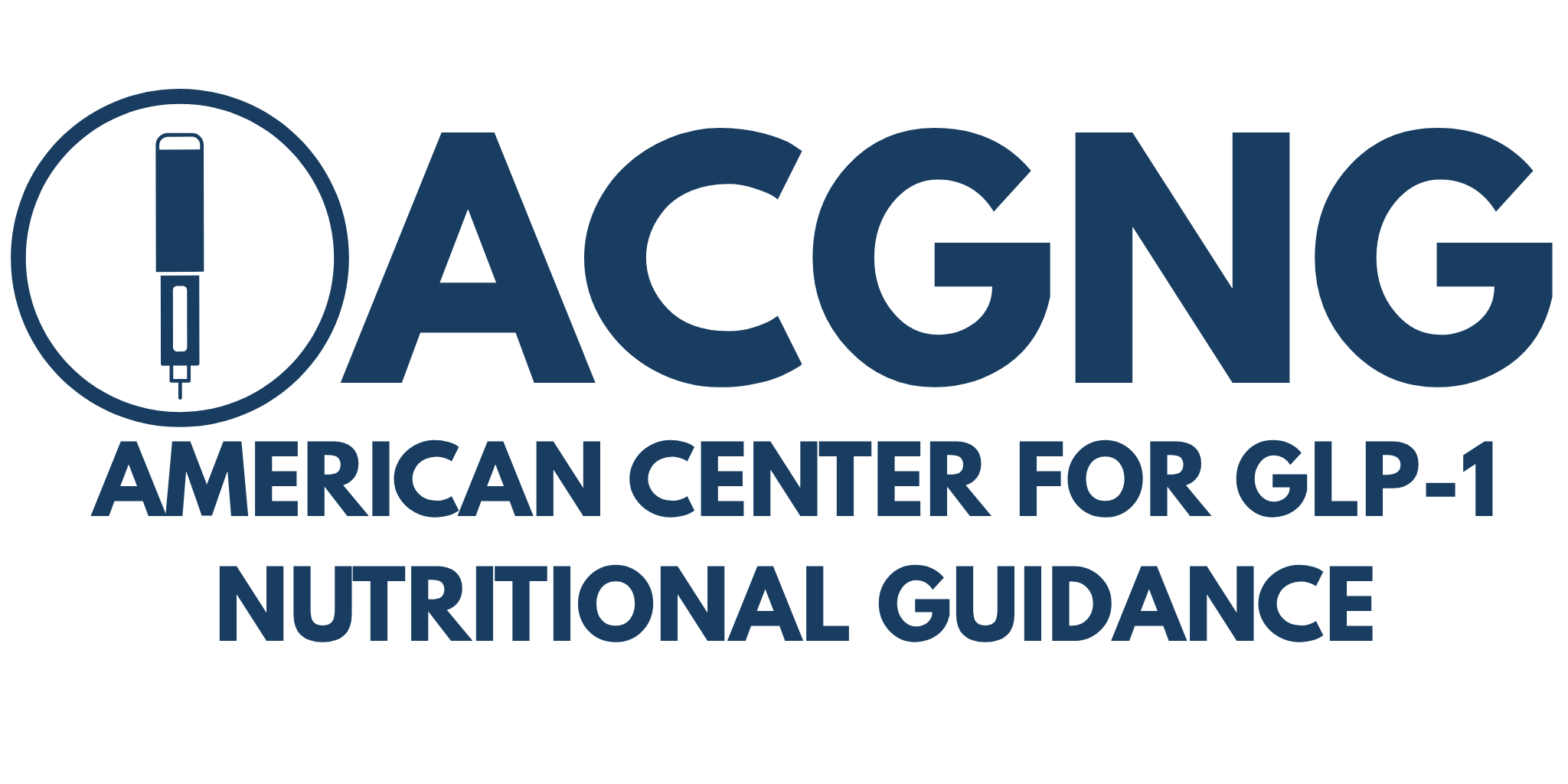Below are definitions of key terms related to GLP-1 medications and weight loss. These definitions are intended to be easy to understand for everyone.
- GLP-1 (Glucagon-like Peptide-1)
- GLP-1 is a hormone produced in your intestines that helps regulate blood sugar levels, reduce appetite, and promote insulin secretion. It plays a key role in controlling your body’s hunger signals and energy balance.
- GLP-1 Receptor Agonists
- These are medications that mimic the action of GLP-1 in the body. They help with weight loss and blood sugar control by reducing appetite, slowing stomach emptying, and improving insulin sensitivity.
- BMI (Body Mass Index)
- BMI is a number calculated from a person’s weight and height that is used to assess whether they are underweight, normal weight, overweight, or obese. It is used as a screening tool for potential health problems.
- HbA1c (Hemoglobin A1c)
- HbA1c is a blood test that shows the average level of blood sugar over the past 2-3 months. It is often used to diagnose and monitor diabetes.
- Insulin
- Insulin is a hormone produced by the pancreas that helps your body use or store sugar (glucose) from the food you eat. It helps control blood sugar levels.
- Appetite Regulation
- The process by which the body controls feelings of hunger and fullness. GLP-1 plays an important role in this by sending signals to the brain to reduce appetite.
- Type 2 Diabetes
- A condition where the body either becomes resistant to insulin or doesn’t produce enough insulin, leading to high blood sugar levels. GLP-1 medications are often used to help manage blood sugar in people with this condition.
- Gastrointestinal (GI) Tract
- The system of organs in the body responsible for processing food, absorbing nutrients, and expelling waste. GLP-1 slows down digestion to help control hunger and promote fullness.
- Subcutaneous Injection
- A type of injection given just under the skin, often used for medications like GLP-1 receptor agonists. These are typically administered with a small needle, often in the stomach or thigh area.
- Blood Sugar
- Blood sugar (glucose) is the main sugar found in the blood and is the body’s primary source of energy. It comes from the food we eat, especially carbohydrates.
- Insulin Sensitivity
- Insulin sensitivity refers to how effectively the body responds to insulin. Better insulin sensitivity means the body can use insulin more effectively, lowering blood sugar levels.
- Pancreas
- The pancreas is an organ located behind the stomach that produces insulin, among other enzymes. It plays a central role in blood sugar regulation.
- Appetite Suppressant
- A substance that reduces appetite, often used to help with weight loss. GLP-1 acts as a natural appetite suppressant.
- Weight Loss Plateau
- A weight loss plateau occurs when a person stops losing weight despite continuing their diet and exercise routine. This can happen after initial success and is often a result of the body adjusting to new habits.
- Hyperglycemia
- Hyperglycemia refers to high blood sugar levels. It can occur in conditions like diabetes when the body doesn’t properly regulate glucose.
- Hypoglycemia
- Hypoglycemia refers to low blood sugar levels. It can happen when blood sugar drops too low, often due to medication, skipping meals, or exercise without proper glucose intake.
- Calorie Deficit
- A calorie deficit occurs when you consume fewer calories than your body needs for energy. This is necessary for weight loss, as the body burns stored fat to make up the difference.
- Satiety
- Satiety is the feeling of fullness after eating. GLP-1 helps increase satiety, which can help reduce the desire to eat more and aid in weight management.
- Metabolism
- Metabolism refers to the chemical processes in the body that convert food into energy. It influences how quickly you burn calories and fat.
- Obesity
- Obesity is a medical condition where a person has an excessive amount of body fat, often defined by a BMI of 30 or higher. It can increase the risk of various health problems, including heart disease, diabetes, and joint issues.
- Clinical Trials
- Clinical trials are research studies conducted to evaluate the safety and effectiveness of new treatments, including GLP-1 medications for weight loss and diabetes management.
- Glucagon
- Glucagon is a hormone that works opposite to insulin. It helps raise blood sugar levels by stimulating the liver to release stored glucose into the blood.
- Type 1 Diabetes
- Type 1 diabetes is a condition where the body’s immune system attacks the pancreas, leading to little or no insulin production. People with Type 1 diabetes rely on insulin injections.
- Peptide
- A peptide is a small protein. GLP-1 is a peptide hormone that plays a role in regulating blood sugar, hunger, and insulin production.
- Weight Maintenance
- Weight maintenance refers to the practice of maintaining a healthy weight over time, which requires balancing calories consumed with calories burned. GLP-1 can assist in weight maintenance by helping control appetite.
- Cardiovascular Health
- Cardiovascular health refers to the health of the heart and blood vessels. GLP-1 medications have been shown to benefit heart health by improving blood sugar control and reducing the risk of cardiovascular disease.
